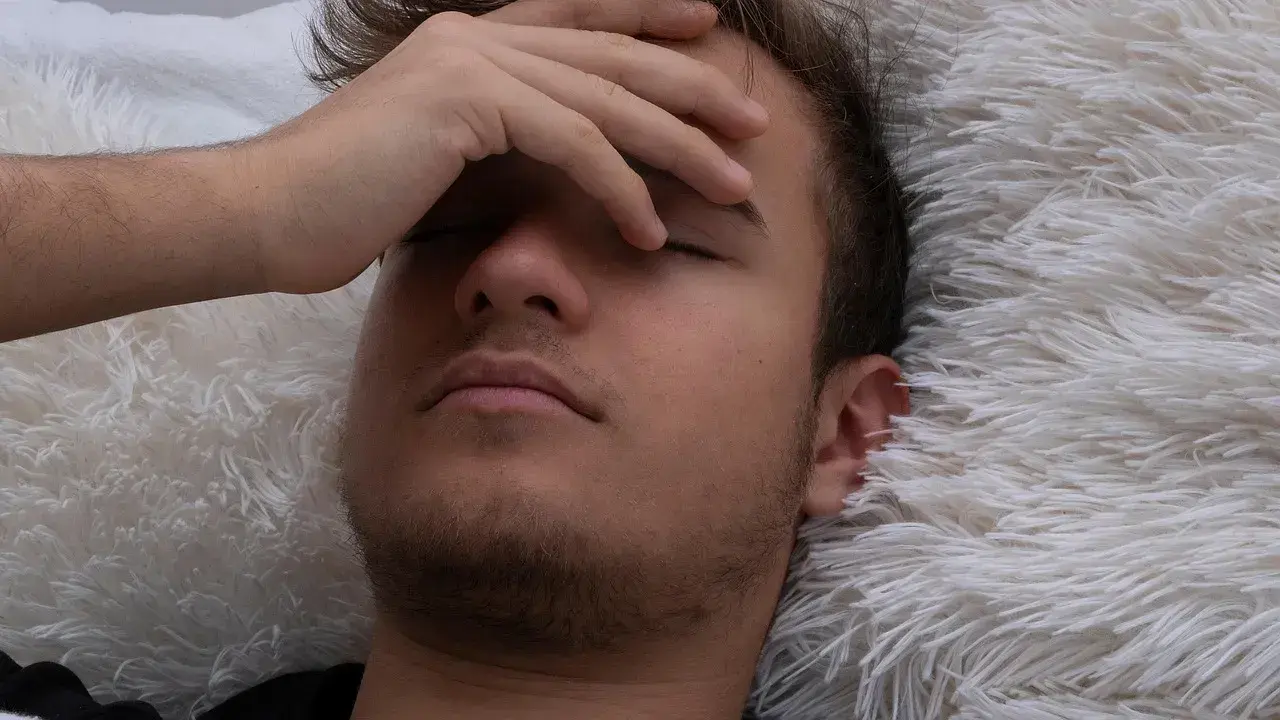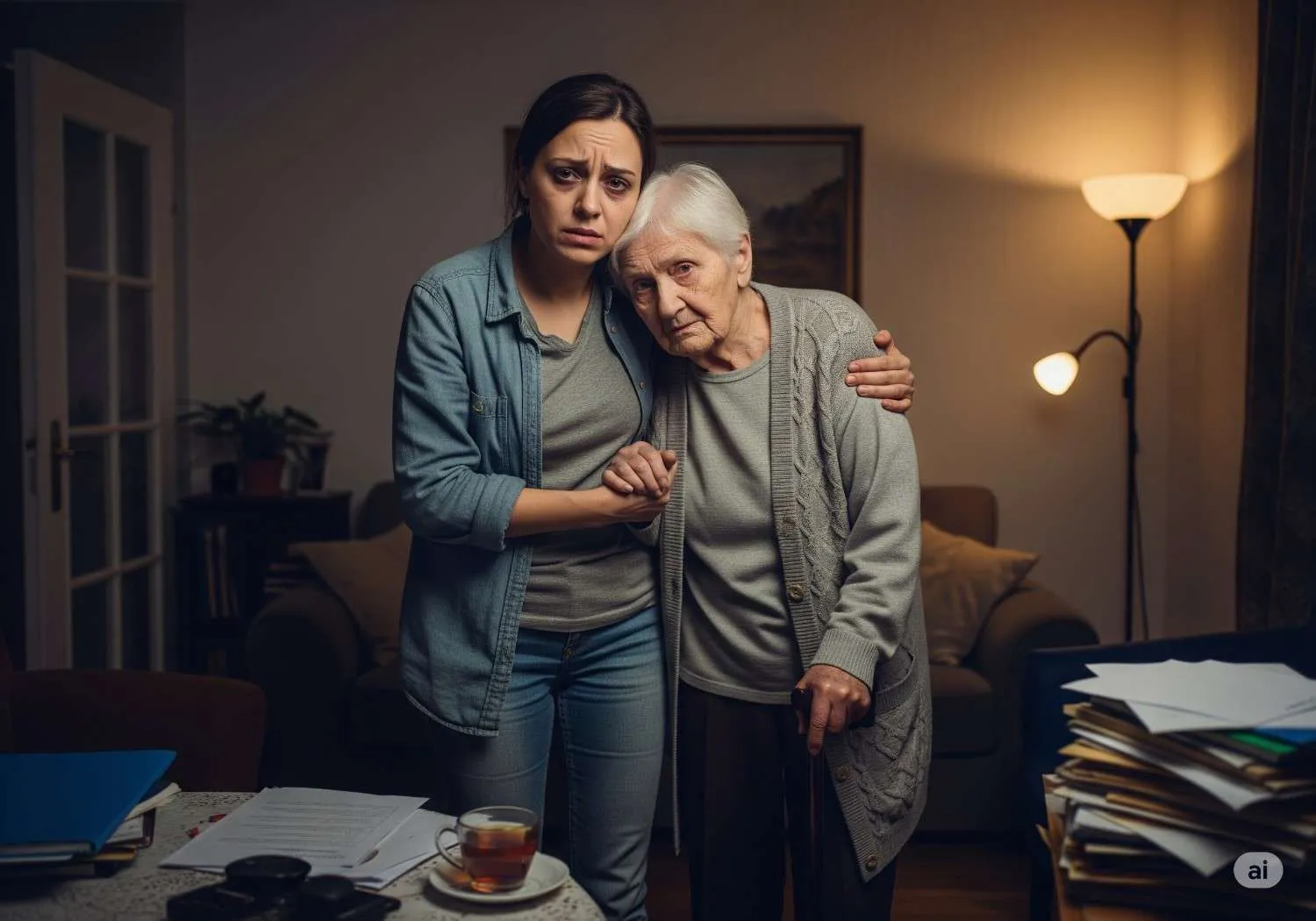Introduction:
Modern medical science is going beyond the limits for human, animal and plants survivals. Good quality of life is depending how mental conditions and moods are going to address, and controlled. Today before going to list down the Anxiety checklist lets have a brief intro with Anxiety.
Anxiety is a common experience for university students, often stemming from academic pressures, social adjustments, and the demands of independent living, but there are effective strategies to manage it, including seeking support, practicing self-care, and developing healthy coping mechanisms. Anxiety is an emotion characterized by an unpleasant state of inner turmoil and includes feelings of dread over anticipated events. Anxiety is different from fear in that fear is defined as the emotional response to a present threat, whereas anxiety is the anticipation of a future one.
Anxiety Checklist structured guide that lets us go through the same practices that helped us in initial assessment to identified and find the right practitioner for us for treatment and healing process. . It’s simple, but it works. Thousands have already used it to take the first step toward a calmer, more confident life. There is no stander format to follow, but need to put ourself the listed systems and at the end finally looking our scored as per tick box we have checked.
Discussion:
Going ahead to explore the domain of Anxiety is a feeling of fear, dread, and uneasiness. It might cause you to sweat, feel restless and tense, and have a rapid heartbeat. It can be a normal reaction to stress. For example, you might feel anxious when faced with a difficult problem at work, before taking a test, or before making an important decision.
It’s a mental health conditions to response day to day challenges, solving the problems with short- or long-term plans with appropriate medical practitioner advises, normal life style to adopt and if necessary medical products to be used.
Based our above shared understanding about anxiety I would like to go-ahead for its clear arrays to look the way forward for its in-depth analyses aiming for the prepping anxiety checklist .To prepare the anxiety checklist we need to read the previous research and developments along with current ongoing finalized data which are closely related to anxiety domain which shows guidance towards its symptoms, treatment, reporting and best practices in personal , social and other aspect of daily routine life.
Anxiety checklist:
An anxiety checklist can help you assess and track your anxiety symptoms. Here's a list of common symptoms, and you can check off the ones that apply to you:
Common Anxiety Symptoms noted and recorded are but not limited to:
-
Emotional or Psychological:
-
Worrying too much about different things
-
Not being able to stop or control worrying
-
Feeling afraid as if something awful might happen
-
Difficulty falling or staying asleep (insomnia)
-
Feeling overwhelmed or like things are out of control
-
Withdrawal from social contact to avoid feelings of worry and dread
-
Low mood or depression Feeling nervous, anxious, or on edge
-
Having a sense of impending danger, panic, or doom
-
Trouble concentrating or thinking about anything other than the present worry
-
Feeling restless or irritable
-
Difficulty relaxing
-
Physical:
-
Feeling weak or tired
-
Stomach problems, nausea, or upset stomach
-
Headaches or migraines
-
Dizziness or lightheadedness
-
Palpitations (a noticeable or unusual heartbeat)
-
Tense muscles
-
Pins and needles
-
Feeling hot or cold
-
Shortness of breath
-
Chest pain
-
Increased heart rate
-
Breathing rapidly (hyperventilation)
-
Sweating
-
Trembling
An example is taken for the batter understandings for the readers. This is just for illustration purpose only.
Over the last 2 weeks, how often have you been bothered by the following problems?
|
Sr.# |
Question |
Not at all |
Several days |
More than half the days |
Nearly every day |
|
1 |
Feeling nervous, anxious or on edge |
||||
|
2 |
Not being able to stop or control worrying |
||||
|
3 |
Worrying too much about different things |
||||
|
4 |
Trouble relaxing |
||||
|
5 |
Being so restless that it is hard to sit still |
This is just for an illustration or understanding purpose only.
Conclusions:
What happens in Anxiety it interferes with your ability to function. our reactions are often out of proportion to situations (overreactions). we can’t control your responses to situations. We don’t need to live with constant worry and fear. If you notice symptoms of an anxiety disorder, talk to a healthcare provider. It’s best to get diagnosed and treated as soon as possible. Doing so can limit the problems that anxiety disorders can cause. Often, a combination of medications and counseling for anxiety can help you feel your best.
Anxiety Checklist is preparation of type and level of anxiety but it is not the replacement for proper diagnose and treatment, normally we prepare the checklist based on our above mentioned diagnose and systems to help and support the individuals to get ready for self-motivation and appreciation to move further for the proper treatment from the registered partitioner.
Anxiety Checklist is closely concerned with age, gender, social and economic status but some time practitioners are also looking for family history, and individual’s company and underline medical conditions and future plans too.
लेखक





